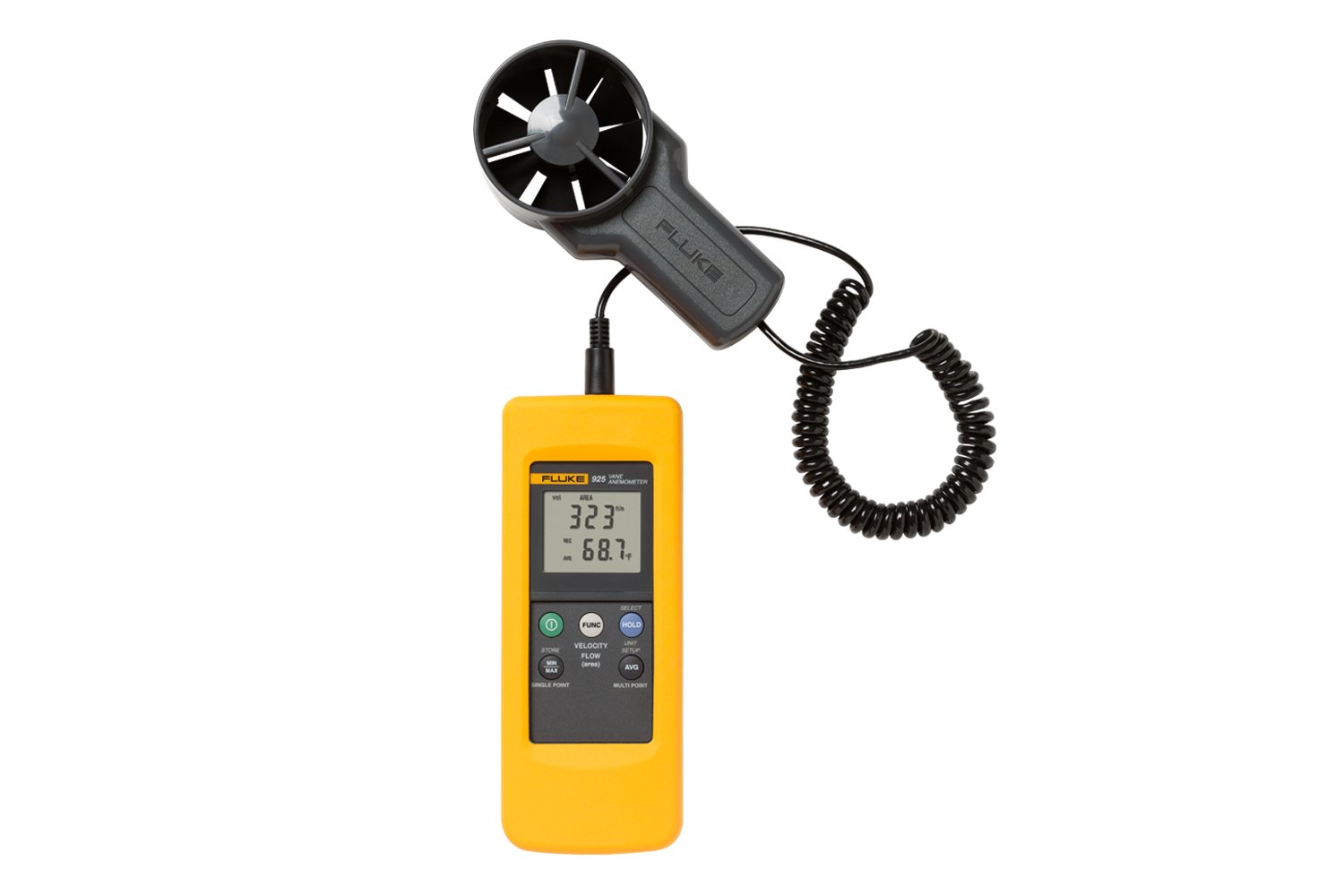How an Anemometer Can Boost Your Weather Surveillance System
How an Anemometer Can Boost Your Weather Surveillance System
Blog Article
Checking Out the Functions and Benefits of Anemometers for Weather Condition Lovers and Experts
Anemometers stand as crucial devices in the realm of weather monitoring, satisfying both enthusiasts and seasoned professionals alike. These devices offer a window into the vibrant globe of wind patterns and rates, giving invaluable data for atmospheric evaluation and projecting. From mug anemometers to sonic anemometers, each type brings its unique collection of advantages and applications, dropping light on different aspects of atmospheric conditions. As we explore the functions and benefits of anemometers, a much deeper understanding arises not only of prevailing weather sensations however likewise of the broader effects for markets like wind power manufacturing and environmental study.
Relevance of Anemometers in Climate Surveillance
Anemometers play a vital function in climate monitoring by supplying accurate dimensions of wind speed, aiding in forecasting and understanding climate patterns. These tools, varying from traditional cup anemometers to contemporary ultrasonic anemometers, are crucial for meteorologists, researchers, and weather condition lovers alike.

Sorts Of Anemometers and Their Applications
The most usual kinds of anemometers include mug anemometers, vane anemometers, hot-wire anemometers, and ultrasonic anemometers. Mug anemometers are composed of 3 or four mugs placed on straight arms that rotate with the wind, gauging its speed. Vane anemometers, on the other hand, make use of a freely rotating vane to straighten with the wind direction, supplying both wind speed and instructions measurements.
Each sort of anemometer has its unique advantages and applications. Mug anemometers are robust and suitable for basic weather monitoring, while vane anemometers are preferred for directional measurements. Hot-wire anemometers are delicate to reduced air velocities, making them suitable for indoor environments. Ultrasonic anemometers are non-intrusive and supply high accuracy, usually utilized in research and specialized weather condition monitoring applications. Comprehending the characteristics and applications of each kind of anemometer is critical for picking the most appropriate tool for details weather keeping an eye on needs.
Advantages of Utilizing Anemometers in Forecasting
In weather forecasting, the use of anemometers uses very useful advantages for boosting the precision of climate forecasting. Anemometers determine wind speed and instructions, providing vital information for anticipating climate patterns. By incorporating wind information right into forecasting models, meteorologists can better recognize the activity of weather condition systems, expect changes in weather, and concern Continued much more exact forecasts.
In addition, anemometers play a vital duty in analyzing prospective weather risks. Monitoring wind speeds assists forecasters predict serious climate events such as typhoons, hurricanes, and winter storms with greater accuracy. This early caution system allows authorities to release timely notifies and carry out necessary safety and security measures, decreasing the dangers to life and home.
Additionally, anemometers aid in maximizing eco-friendly power production. By examining wind patterns, meteorologists can identify appropriate locations for wind farms and anticipate energy result, adding to the efficient generation of wind power.

Anemometers in Wind Energy Manufacturing
Given the vital role anemometers play in offering accurate wind data for climate projecting and threat assessment, their importance reaches the realm of wind power production. Anemometers are necessary tools in the field of wind energy, where the measurement of wind speed and direction is vital for determining the feasibility and effectiveness of wind turbine setups. By properly gauging wind rates at differing elevations, anemometers aid optimize the positioning and layout of wind generators to optimize power result.
In wind ranches, anemometers are purposefully positioned to accumulate real-time wind information that is made use of to analyze the possible power manufacturing of a website. This information is critical in establishing the financial stability of wind power tasks and in projecting power generation to make sure grid security. Furthermore, anemometers aid in keeping an eye on wind conditions to enhance turbine performance, prevent damage from high winds, and make certain the safety and security of employees operating in the area of wind turbines.
Enhancing Weather Understanding With Anemometers

Anemometers play a crucial role in boosting our understanding of microclimates. These localized weather conditions can vary substantially from wider local forecasts, making it vital to have exact information for details locations. anemometer. By tactically putting anemometers in different locations, Read Full Article researchers can collect thorough details on just how wind acts in different terrains, city settings, or bodies of water
In addition, anemometers add to improving climate forecasting designs by providing real-time data on wind actions. This information is particularly important for forecasting extreme weather condition events, maximizing agricultural methods, and sustaining markets like air travel and maritime navigating. Generally, anemometers are indispensable instruments that allow us to dive deeper right into the intricacies of weather systems, inevitably causing more exact predictions and better-informed choices.
Conclusion
In final thought, anemometers play a critical role address in weather condition monitoring and projecting by determining wind speed and direction. Anemometers likewise have applications in wind power manufacturing, further highlighting their importance in both weather forecasting and eco-friendly power sectors.
From cup anemometers to sonic anemometers, each type brings its one-of-a-kind collection of applications and advantages, dropping light on different facets of climatic problems. These instruments, ranging from conventional cup anemometers to contemporary ultrasonic anemometers, are crucial for meteorologists, scientists, and climate fanatics alike. The most usual kinds of anemometers consist of mug anemometers, vane anemometers, hot-wire anemometers, and ultrasonic anemometers. Mug anemometers are suitable and robust for general weather monitoring, while vane anemometers are favored for directional dimensions. Anemometers are important instruments in the field of wind energy, where the dimension of wind rate and instructions is critical for determining the feasibility and efficiency of wind turbine installments.
Report this page